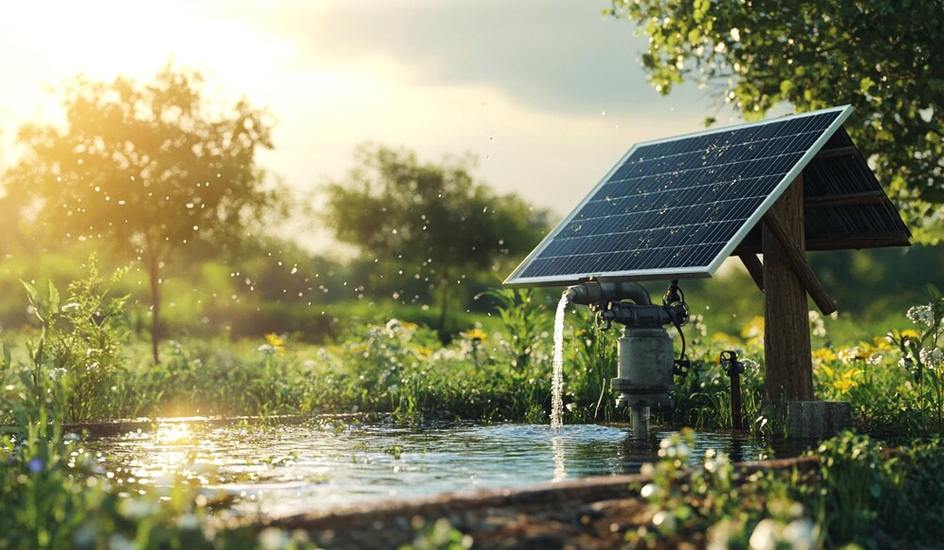Renewable and Sustainable: Solar pumps use sunlight, a renewable resource, reducing dependency on fossil fuels and grid electricity.
Low Operating Costs: Since solar pumps are powered by the sun, there are no fuel or electricity costs. Maintenance is minimal, leading to long-term cost savings.
Off-Grid Operation: Ideal for remote areas with no access to grid electricity, solar pumps provide a sustainable solution for water access in rural and underdeveloped regions
Environmentally Friendly: Solar pumps produce no greenhouse gases or pollution, making them a clean energy option for agricultural and domestic water use.
Scalability: Solar pumps come in various sizes, making them suitable for small-scale farms or large agricultural operations. Systems can be scaled up to meet increased water needs over time.




